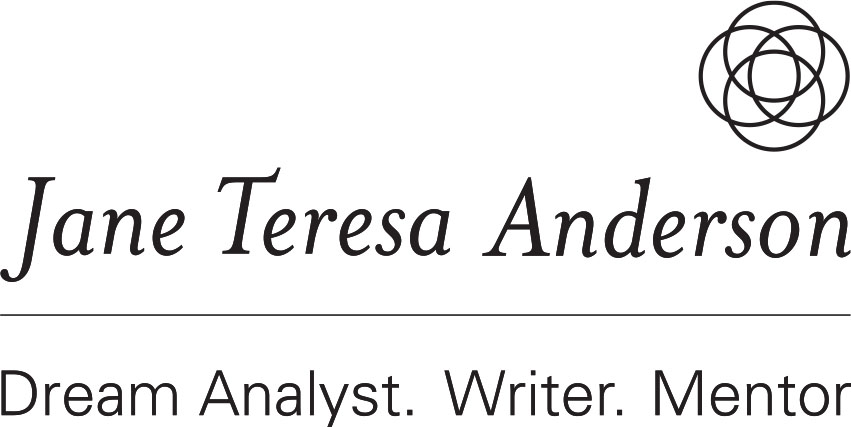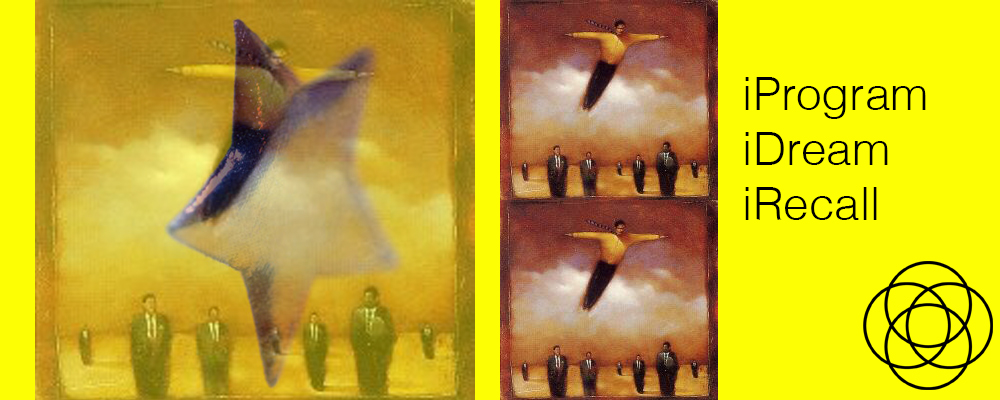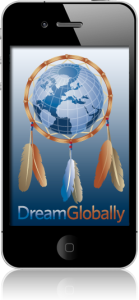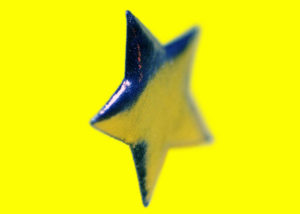Need a little help recalling your dreams? An app can help you with that. Want to dream the perfect dream? There’s an app designed for that too.
One key to good dream recall is to wake gently, keep your eyes closed, and allow dream fragments time to come together before your alarm clock – the one that means get out of bed now or you’ll be late – jolts you fully awake. You can help the process by asking yourself simple questions such as What happened before this? What happened after this? How did I get here? You can also help the process by setting two alarms, one gentle one to signal dream recall time, and your usual one, set about twenty minutes later, to get you out of bed.
Joe Halajian’s DreamGlobally app allows you to set a wake prompt that is just audible enough to glide you into dream recall. You can choose from a number of prompts, including questions designed to help you remember your dreams, and you can choose how long you’d like to drift in this stage before the app sounds your get out of bed now call. You can also choose sleep prompts – verbal suggestions about remembering your dreams – that play as you fall asleep.
The DreamGlobally app enables you to record your dreams by speaking them into your device before moving or opening your eyes. All good stuff, and this may be for you if you’re audio inclined and don’t mind sleeping with your iDevice. It may also be for you if you’re interested in global dreaming patterns and connecting with others via your dreams, as you can send tags about your dream content to the DreamGlobally dream database.
iLoved my zen alarm clock, an analogue clock with a maple wood finish and a little gong that gently struck a tubular bell once, twenty minutes before get out of bed now or you’ll be late time. That first single strike was followed by another 3.48 seconds later, then one 2.21 seconds after that, and so on in a Golden Ratio Progression (a mathematical formula related to the Fibonacci sequence, and believed to be inherently aesthetic), until it chimed every five seconds to get you up and out of bed. It was perfect for entering dream drift recall, and I found it a peaceful way to wake up each morning. Unfortunately, it wasn’t so perfect for Michael, who found it irritating, Golden Ratio or no Golden Ratio. Michael found the chimes either woke him wide awake too early or morphed their way into his dreams.
Which brings me to Richard Wiseman’s Dream:ON app, launched a few days ago as a mass participation project to create your perfect dream by having your iDevice play soundscapes designed to influence your dreams at key points during your sleep cycle. 100,000 people downloaded the free app on the first night following the media campaign, and if the blog comments are anything to go by, there was a lot of general disappointment. The Dream:ON team say it will take time for dreamers to get used to the app, and to expect results after three or four nights.
Like DreamGlobally, Dream:ON offers both a gradual waking system and a social dreaming component. You can tag friends who appear in your dreams and send short descriptions of your dreams to their Dream Bank. Unlike DreamGlobally, Dream:ON may be trying to be too smart (e.g. its REM monitoring system) and missing out on interesting results a simpler system might produce.
External and physiological stimuli do enter our dreams (barking dogs, zen chimes, heat, indigestion), so theoretically the Dream:ON soundscapes will, in some cases, influence dreams, but how?
My research shows that our dreams process the last 24-48 hours of our conscious and unconscious experiences, and that can include stimuli we are experiencing at the time of dreaming. That processing, though, can change the zen chimes into Tinkerbell, a barking dog into a strange tooting train, or indigestion into a stomach-strangling cobra. The point is, the dreaming mind interprets the stimulus – or soundscape – according to a mix of past experiences and the dream drama leading up to the intrusion. It rarely interprets the stimulus logically. A soundscape of tweeting birds may be designed to induce an uplifting perfect dream, but the dreamer may end up dreaming about their Twitter account anxieties. Such is the nature of dreaming and its tendency to word play and lateral ‘thinking’!
I once did an experiment where I asked participants to dream about a blue star. I gave instructions (a mix of dream incubation techniques and suggestion) designed to maximise the possibility of a blue star appearing in a dream. Of those who were successful, the blue star in their dreams tended to represent (when the dreams were analysed) each dreamer’s beliefs and feelings about performing, succeeding, being tested, or whatever each dreamer was processing about taking part in the experiment. Those who didn’t remember seeing a blue star in their dream tended to report dreams of searching, trying, or feeling tested.
My interest is in individual dreams, how they reflect the dreamer’s waking life, the insights the dreamer can gain about their unconscious mindset, and the dream alchemy exercises the dreamer can do to change and align their mindset with their personal choices for their future.
The perfect dream, to me, is the one that bestows helpful insight when it is analysed, the one that gifts the opportunity to understand your waking life experiences by understanding your mindset, and that offers the raw material you can use to create the kind of deep change that results in more personally rewarding life experience. Whether that dream is happy or nightmarish is not the issue. If you want to influence and control your dreams for fun, go ahead, but make it a rare adventure. Leave room for your natural dreams and their potential to help you fulfil and enjoy the rewarding waking life outcomes of your choice.



